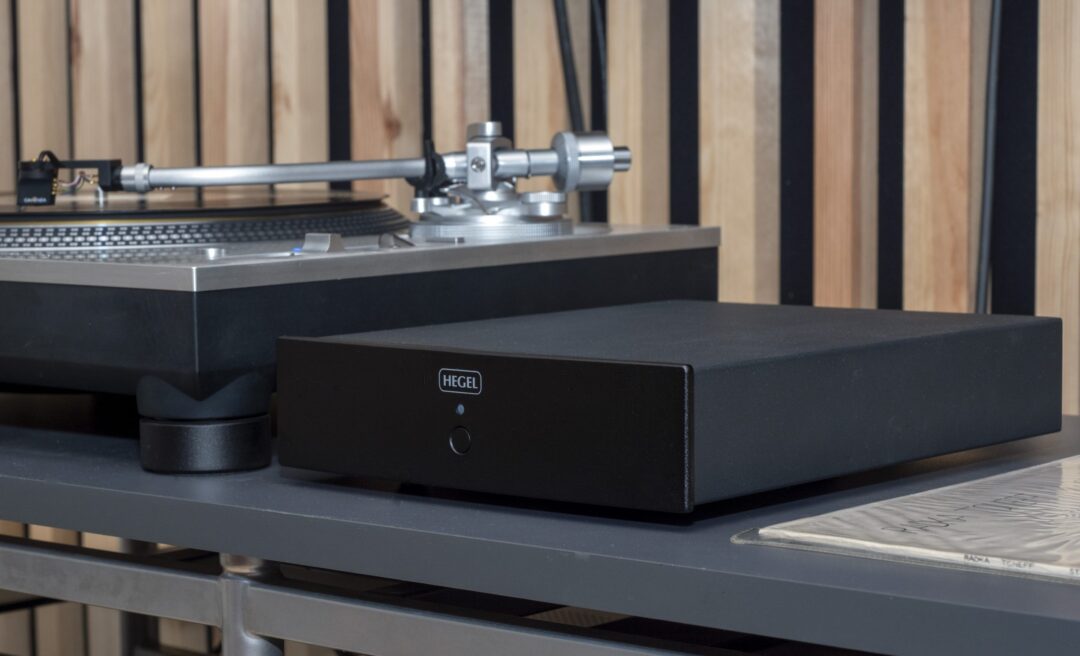They said they should not do it, but then they did it anyway. Maybe it was because we were not the only ones insisting that Hegel make a phono step. That they just gave in for the pressure. Or that Bent Holter realized that all the fuss might have meant that there was a need for a phono step with the Hegel logo on.
That was almost how it happened.
Anders Ertzeid in Hegel said that they realized the need for a phono amp, after it became a recurring theme at the dealers, and which he added: – And especially our own employees in the world’s largest country: Abroad.
So they thought “we would fix it, it’s very easy to make.” But then happened what often does in design stages. But what if we do more like that than that… and make it more like a high-end phono step. And the ball kept rolling frrom there.
Bent Holter was completely engrossed in the project, and you can see the result here: Hegel V10, their first phono stage, richly equipped with adaptations for MC and MM pickups.
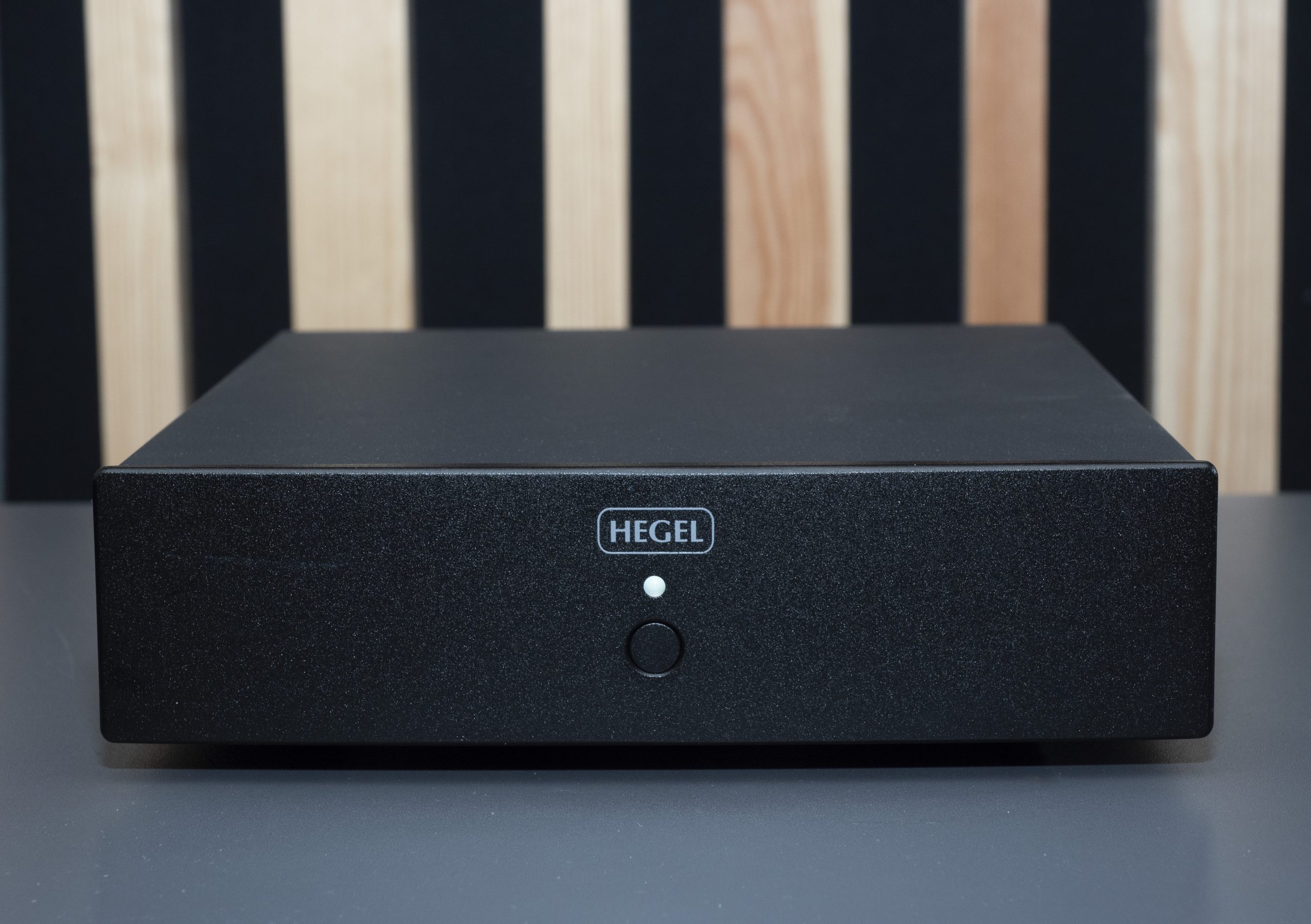
Mouse piano
Hegel has chosen to use a half-size cabinet, which is all that is needed. If you open a phono step from another manufacturer, there is a lot of air under the top lid, but in here the cabinet is tightly packed.
Bent Holter and the gang have chosen a symmetrical circuit where even the separate power supply has two cables, one for each channel. It is plugged in on the underside and carries an E-core transformer on the inside, while the back has both balanced and unbalanced outputs with fixed output voltage.
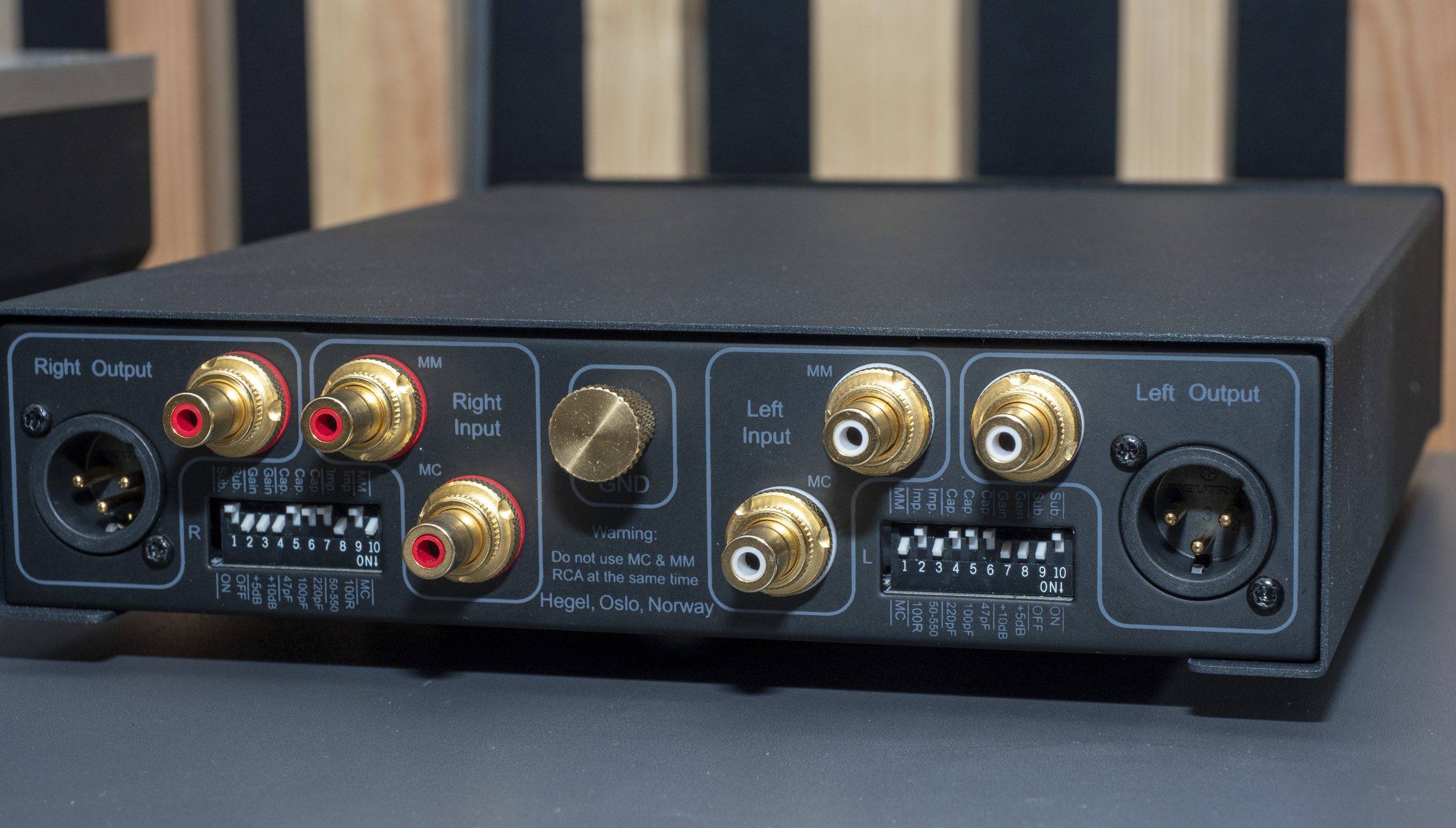
And a “mouse piano” as Anders Ertzeid calls it, small dip switches that are used to select gain, adjust load resistance, capacitance (for MM), and turn on and off the subsonic filter (-3 dB @ 20 hz). A front power switch is the only button on the V10.
The cable from the turntable is plugged into the MC or MM inputs on the back and ground is fixed in the screw at the back, but do not forget to adjust the above parameters first. The tiny switches are located mirror-inverted for each channel (I said symmetrical), and you have to use a small screwdriver to tilt them to the desired position.
The underside has printed a map showing how the switches should stand, in relation to the pickup’s electrical properties.
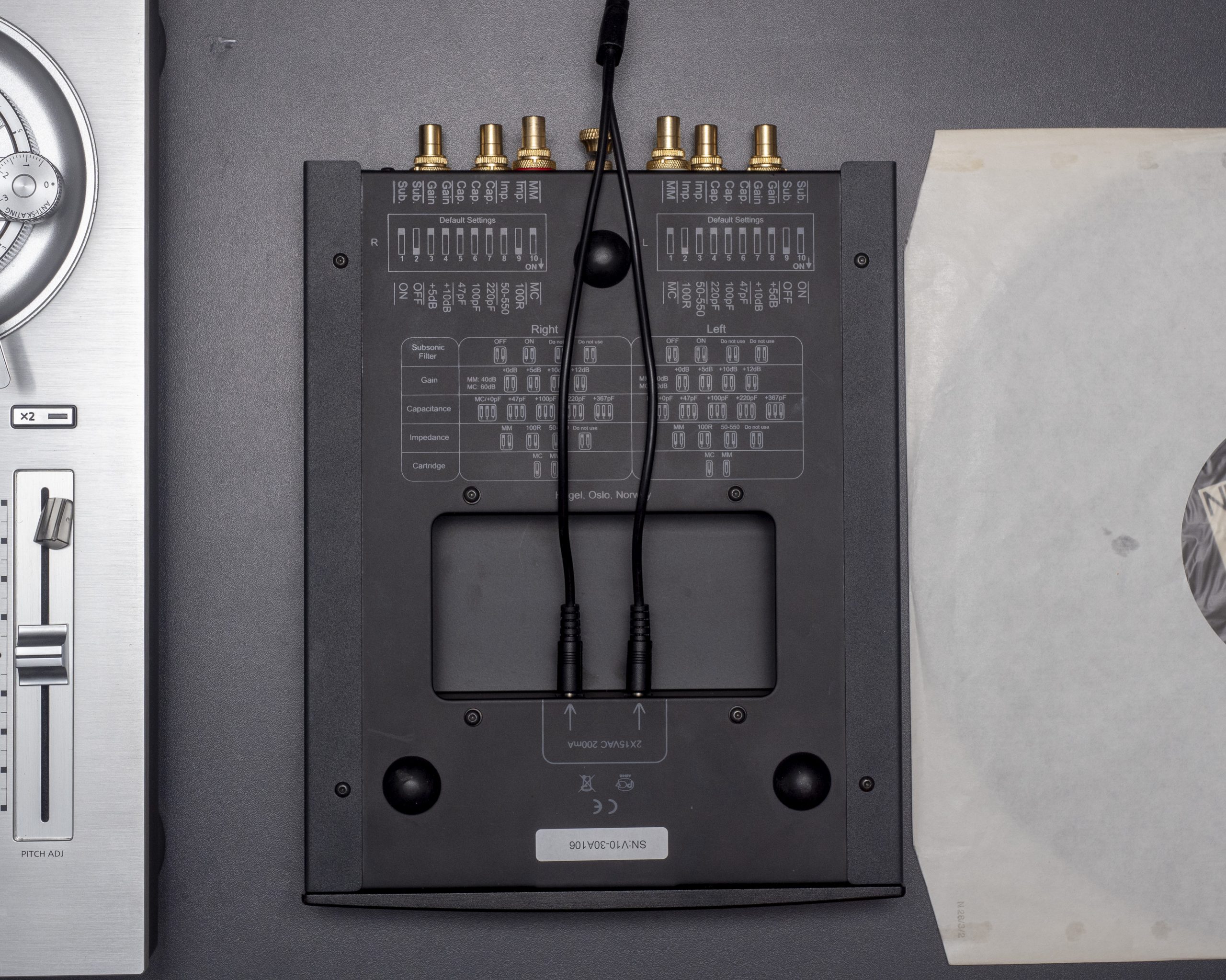
Dip-dip
Ideally, it would be better to have the impedance, capacitance gain choices realised with switches or potmeters on the front of a phono stage. But it costs more without providing better sound, only more convenience. If you do not change pickups often, dip switches are a simple and straightforward solution.
You can set the load resistance of motorcycle pickups between 33 and 550 ohms, the capacitance of MM pickups can be set in seven steps from 100 to 457 pF, and 47 kohm. And with gains up to 72 dB – in plus 5, 10 and 12 dB (MC via XLR) – even the most voltage-weak MC pickups can get enough amplification.
Low noise floor
Hegel says that they have chosen discrete JFET transistors that should be extra quiet, and as many as four of them sit in parallel on the MC part to attenuate as much noise as possible.
Bipolar transistors are selected in the amplifier stage, separated from the transformer by the open space visible from the underside of the phono stage.
With normal operating temperature, Hegel says that the noise is as low as -84 dB with a MM-connected, and -81 dB with a MC cartridge. It’s better than usual for phono steps in this class, and it can be heard.
The sound
You have to turn up the volume quite a bit to hear noise in the speakers, when a V10 is connected. But then a faint high-frequency whistling (white noise) is heard, which many other phono steps also have. Not Electrocompaniet ECP-2, but here the hissing is lower in frequency.
Neither is as quiet as the Rega Aura MC, but the phono step (which can only be used with the MC) is almost four times more expensive.
By the way, the three have an advantage over many other phono stages, they have balanced outputs, which give a little less noise and a little more gain.
The latter has Hegel V10 buckets and buckets. The phono step is not surprisingly reminiscent of the sound of Hegel’s amplifiers. Tight, detailed, dynamic, and with powerful potent bass. The sound picture opens up more with the V10, compared to a simple phono stage of the type you often find in an amplifier.
You notice the depth in the bass better here than for example with a Rega Aria phono stage, and the bass is tighter here than from ECP-2, but not as basement depth and dynamic as from a Rega Aria MC. The drums at Dire Straits Private Investigations, however, get a powerful dynamic, and you feel the suction from the bass drum in the diaphragm.
What the Hegel V10 is best at is the black, noise-free background that is painted behind the performers, and the neutral sound that lets details through so well. Radka Toneff’s delicate vocals are treated with finesse, and have beautiful depth and warmth, while the piano sound is deep and sonorous. Further up in frequency, transients are a little more attenuated than at low frequencies, and Mark Knopfler’s guitar sound sounds exceptionally powerful here, but the highest notes do not sound as long as with the Aria MC.
The differences are not big, you have to actively listen for them, they do not fall into your lap, but they are there after all.
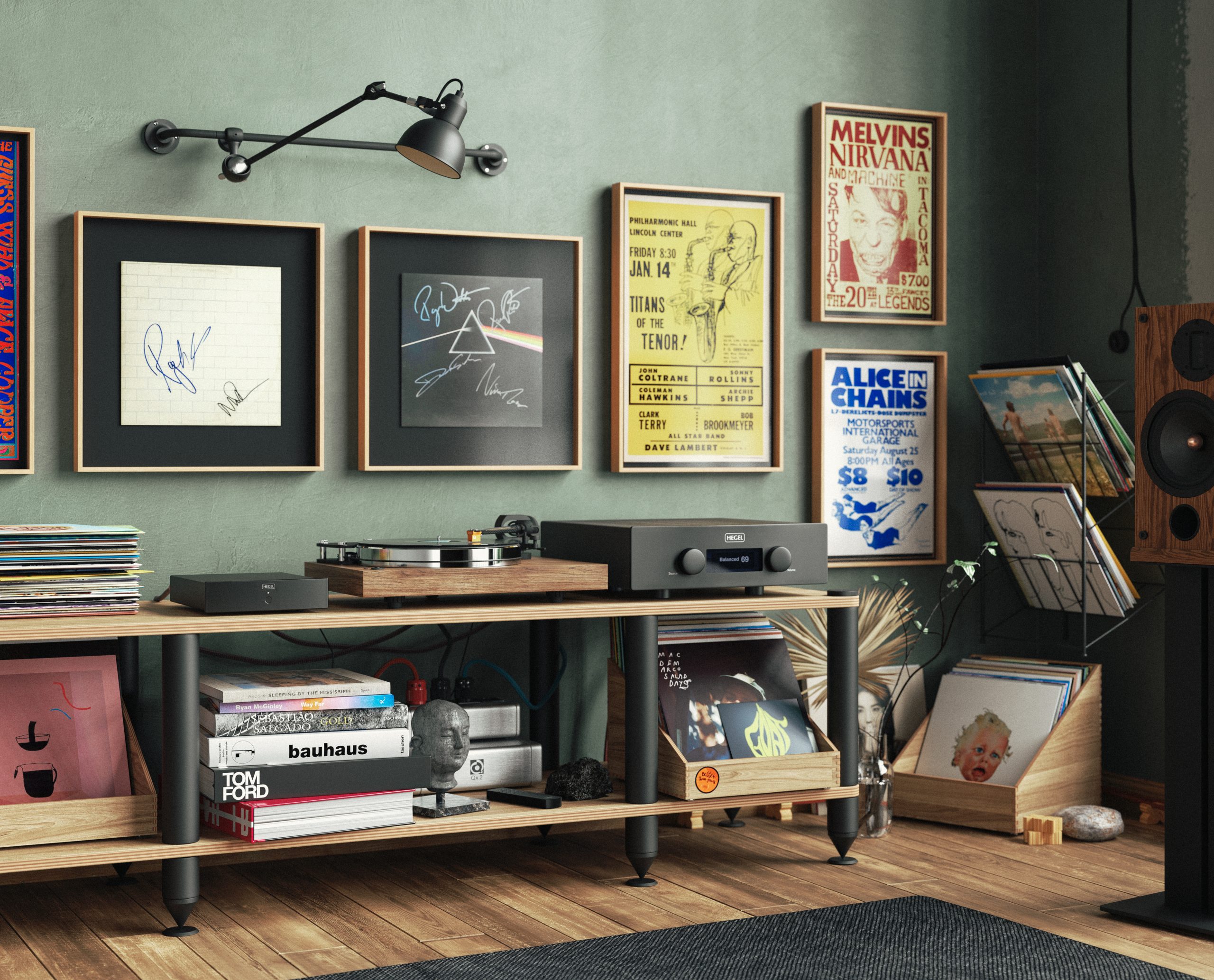
Conclusion
One wonders why it has taken them almost 30 years to come up with a phono step. Hegel V10 is a successful first attempt, which gives more taste (V20, Bent?), And a must for all vinyl collectors who love the sound of a Hegel amplifier. Not everyone may be happy with the mouse piano behind, and some may have a more romantic approach to how vinyl records should sound. But for those who want an open, dynamic, neutral and above all noise-free sound from the vinyl records, the sound quality from the Hegel V10 is as good as it can get in this class.

We think
Excellent dynamic contrast, powerful deep bass and great detail in the soundscape. Low noise even at max gain. Adaptation with dip switches can be demanding to master, and the tight direction in the soundscape will not appeal to everyone.
1350 €
Specifications
- Type: Phono preamplifier
- For: Moving Coil and Moving Magnet
- Technology: Discrete transistor, symmetrical dual mono
- Connections: RCA unbalanced in/out, RCA/XLR out
- MC load: 30-550 ohms
- Capacity: 100, 147, 220, 247, 420, 457 pF
- MM-gain: XLR 40/45/50/52 dB, RCA 34/39/44/46 dB
- MC-gain: XLR 60/65/70/72, RCA 54/59/64/66 dB
- Dimensions and weight: 21 x 28 x 6 cm, 2.2 kg
- Other: Separate power supply, subsonic filter -3 dB @ 20 hz, -18 dB octave
- Web: hegel.com
